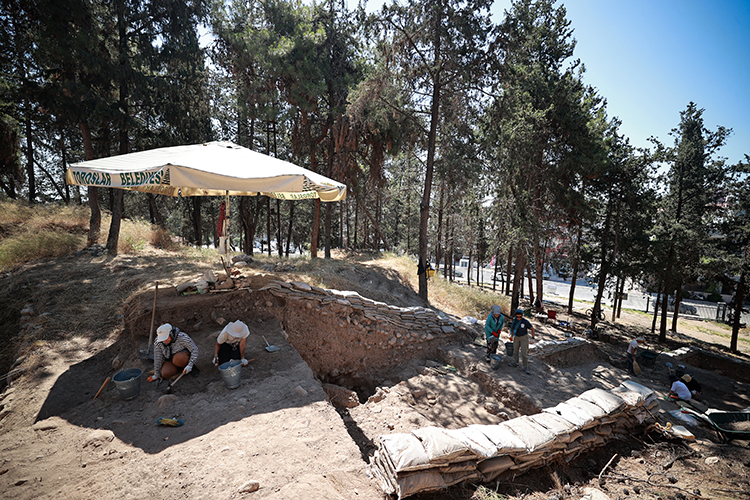
New Discoveries from the Early Bronze Age Unearthed at Yumuktepe Mound in Türkiye
Archaeologists in southern Türkiye have uncovered rare Early Bronze Age remains at Yumuktepe, one of the oldest continuously inhabited settlements in the world. The findings include a horseshoe-shaped hearth, a grain silo, and traces of ancient agricultural activity.
Yumuktepe Mound, located in Mersin near the Mediterranean coast of Türkiye, continues to reveal its secrets through ongoing archaeological excavations. Dating back to around 7000 BCE, this ancient site has once again made headlines with the discovery of key elements from the Early Bronze Age (circa 3000–2000 BCE).
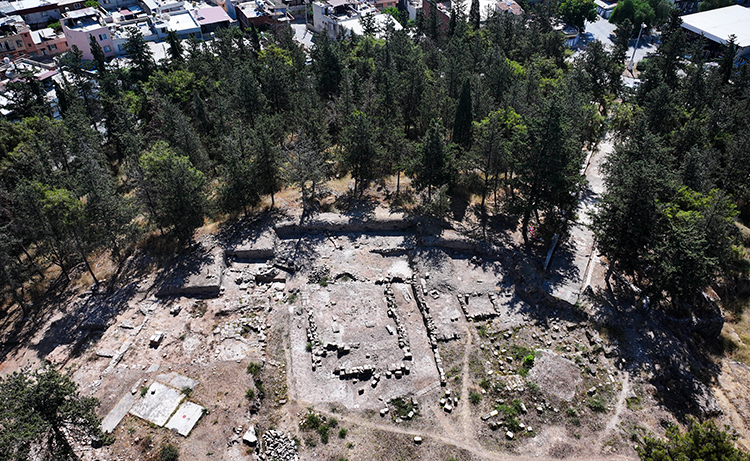
Led by Assoc. Prof. Burhan Ulaş from İnönü University, a 10-member excavation team unearthed a distinctive horseshoe-shaped hearth, the remains of a silo, part of a tandoor oven, and fragments of grinding stones. Organic residues of wheat, lentils, and wild pistachios were also identified, suggesting that this area functioned as a food preparation and cooking space over 4,000 years ago.
“This is one of the least understood periods at Yumuktepe. Until now, the Early Bronze Age phase had only been identified in a very limited area of the mound. These new discoveries provide a much clearer picture of daily life during that time,” said Ulaş.
📣 Our WhatsApp channel is now LIVE! Stay up-to-date with the latest news and updates, just click here to follow us on WhatsApp and never miss a thing!!
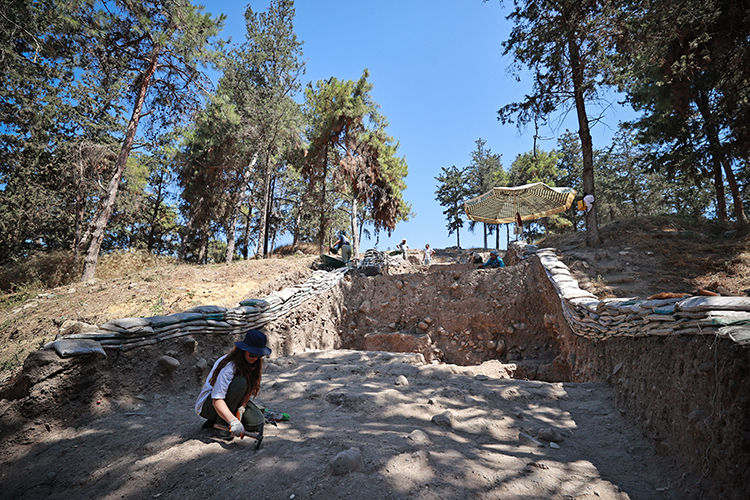
Medieval Layers Also Yield Surprising Finds
In addition to the Bronze Age remains, the team discovered rich evidence from the Middle Ages in the same area. Among the most intriguing finds were 11th–12th century trash pits containing durum wheat, barley, and even a medieval iron smelting furnace.
Perhaps most striking was a large architectural structure composed of sun-dried mudbrick blocks—measuring up to six meters in length. Radiocarbon dating places the construction between 1050 and 1250 CE. “This is the first time we’ve seen mudbrick used in medieval architecture at the site. It’s likely either a monumental platform or part of a defensive wall,” Ulaş explained.
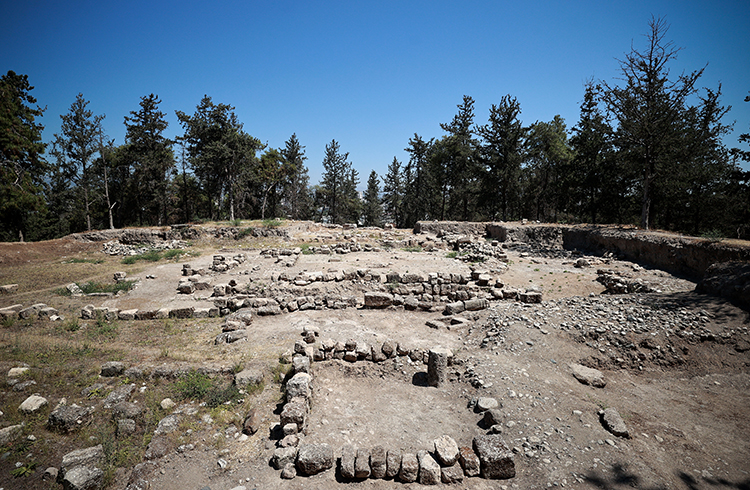
A Crossroads of Civilizations
First excavated in 1937, Yumuktepe is often called the “Cradle of Civilizations” due to its rich, multi-layered history spanning from the Neolithic period to the Middle Ages. The current excavations are a collaboration between Turkish archaeologists and Italian experts, who aim to preserve and document the site’s unique cultural heritage.
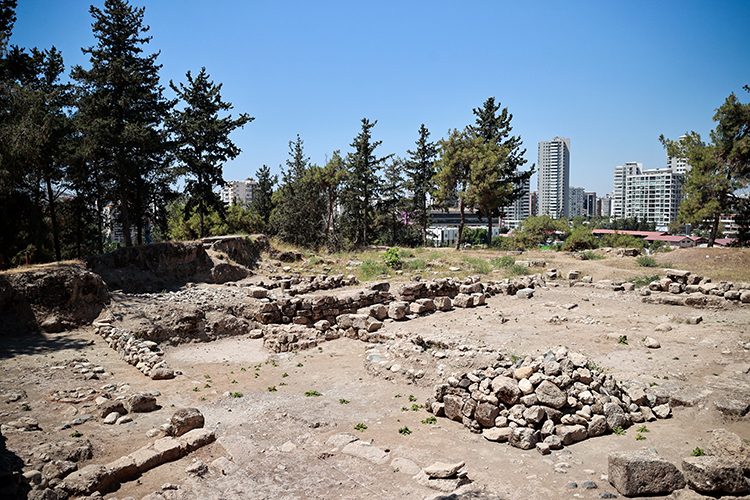
All photographs © Serkan Avcı / Anadolu Agency
You may also like
- A 1700-year-old statue of Pan unearthed during the excavations at Polyeuktos in İstanbul
- The granary was found in the ancient city of Sebaste, founded by the first Roman emperor Augustus
- Donalar Kale Kapı Rock Tomb or Donalar Rock Tomb
- Theater emerges as works continue in ancient city of Perinthos
- Urartian King Argishti’s bronze shield revealed the name of an unknown country
- The religious center of Lycia, the ancient city of Letoon
- Who were the Luwians?
- A new study brings a fresh perspective on the Anatolian origin of the Indo-European languages
- Perhaps the oldest thermal treatment center in the world, which has been in continuous use for 2000 years -Basilica Therma Roman Bath or King’s Daughter-
- The largest synagogue of the ancient world, located in the ancient city of Sardis, is being restored

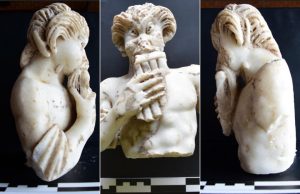
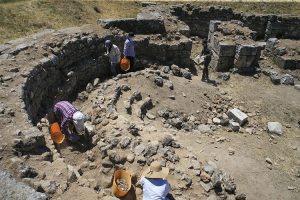
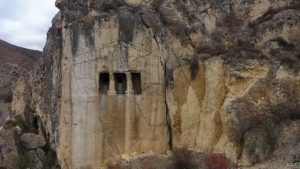
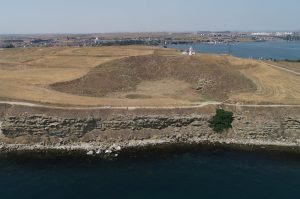
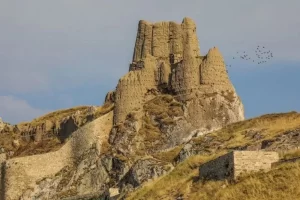
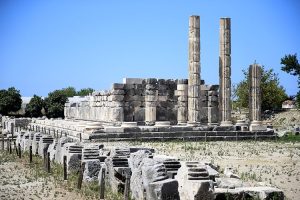


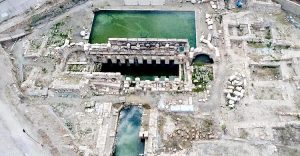
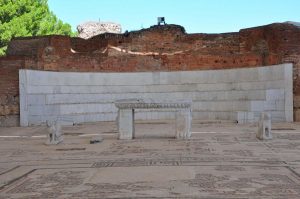
Leave a Reply